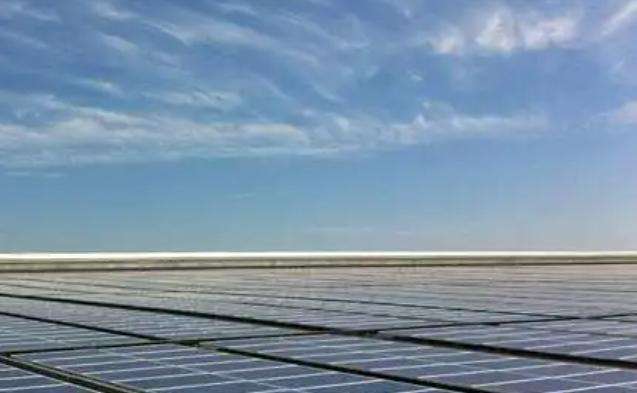Solar energy is the abiotic and energetic foundation that drives ecosystems.
Ecosystems are composed of biological parts and abiotic parts. Solar energy, water, carbon dioxide and nitrogen are all abiotic parts of the ecosystem.
Solar energy is the main driving force for all phenomena on earth. It can not only enter the ecosystem through producers, but also affect the energy flow of the ecosystem by driving the movement of the atmosphere, thereby forming precipitation. or a change in temperature.
What does the energy in the ecosystem ultimately come from?
The solar energy absorbed by producers is not equal to the total energy flowing through the ecosystem . is set by the producers of the ecosystem, the total solar energy is equal to the total energy circulating through the ecosystem. Because it is impossiblethat all solar energy absorbed by producers is fixed, the solar energy absorbed includes fixed and respiratory consumption, and respiration will consume part of the solar energy absorbed. The starting point of energy flow is primarily solar energy fixed by producers via photosynthesis (and energy produced by chemoautotrophic organisms via chemical energy changes). The total energy circulating in an ecosystem mainly corresponds to the quantity of solar energy fixed by producers via photosynthesis. The channels through which energy flows are food chains and food webs. Energy flowing through a trophic level refers to the energy assimilated by organisms at that trophic level.
Ecosystem energy ultimately comes from solar energy.
Once solar energy is fixed by producers in the ecosystemin the form of light energy, it begins to be transmitted throughout the ecosystem. The energy set by producers represents only a small part. solar energy. Once producers attach solar energy, the energy is transferred through the ecosystem in the form of chemical energy.
Energy transfer in the ecosystem is irreversible and gradually decreases, with a decrease rate of 10% to 20%.
The primary means of energy transfer is the food chain and food web, which constitute the nutritional relationship. When transferred to each trophic level, the destination of the assimilated energy is: unused (for future breeding and reproduction). growth), metabolism Consumption (respiration, excretion), use by the next trophic level (except the highest trophic level).
Energy flow in ecosystems
1. Energy intake: The pointStarting point of energy flow in ecosystems is the fixation of energy by producers (mainly plants) through photosynthesis The beginning of solar energy. The channels through which energy flows are food chains and food webs.
2. Energy transfer: In the energy flow of the ecosystem, energy changes in the form of solar energy → chemical energy in the organic matter of the organism → thermal energy dissipation. Energy flows through the trophic levels of the food chain in the form of chemical energy found in organic matter (food).
3. Energy dissipation: The primary means of energy dissipation in the ecosystem energy flow is through cellular respiration of organisms at each trophic level of the food chain and cellular respiration of decomposers, primarily in the form of heat.














